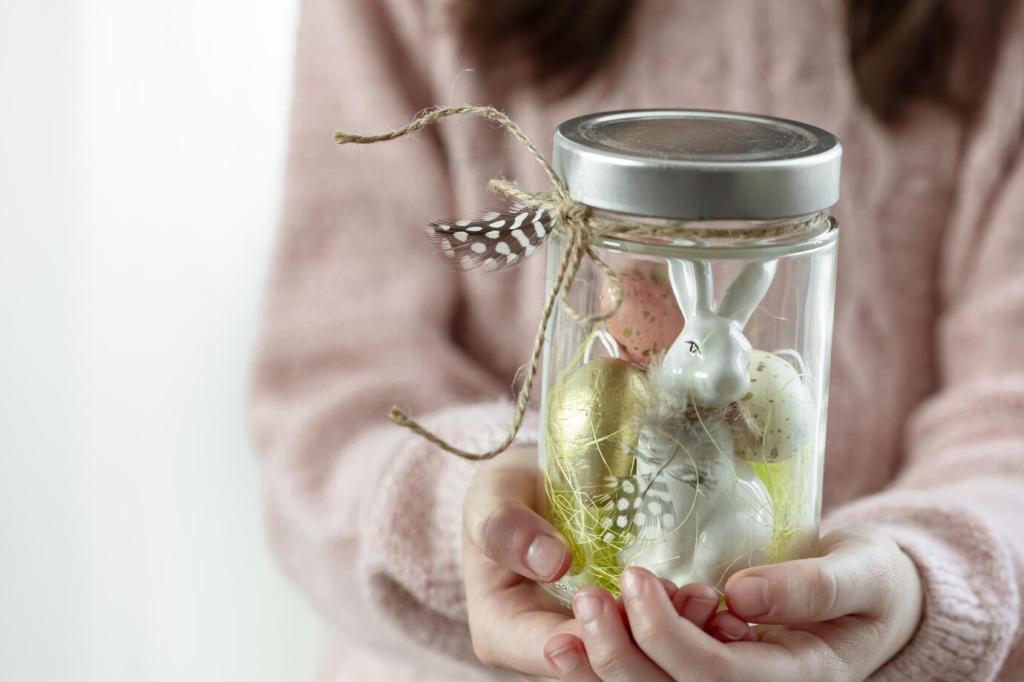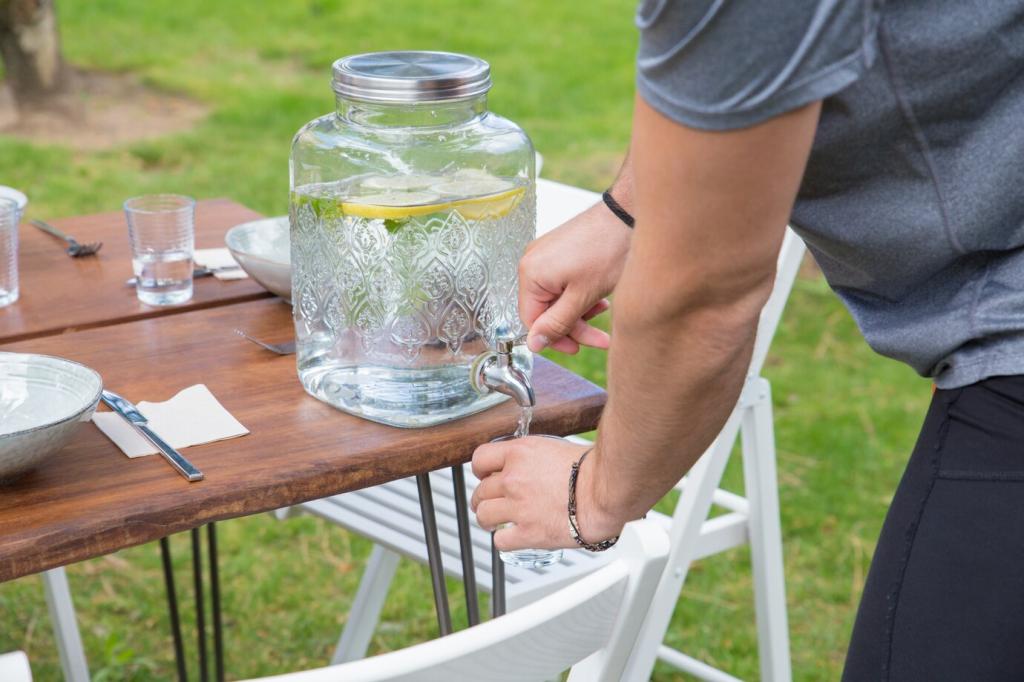Essential Tools for Humidity Control
Select a digital hygrometer with ±2–3% RH accuracy and a clear daily min/max display. Calibrate every few months using a sealed bag and salt slurry, then place one hygrometer near your most sensitive furniture and another in the dampest room.
Essential Tools for Humidity Control
Evaporative humidifiers add moisture without leaving mineral dust, while ultrasonic units must use distilled water. Dehumidifiers with auto-drain hoses simplify summer control. Clean tanks and filters often; neglected machines can spread odors, rust, or spores that harm finishes.







